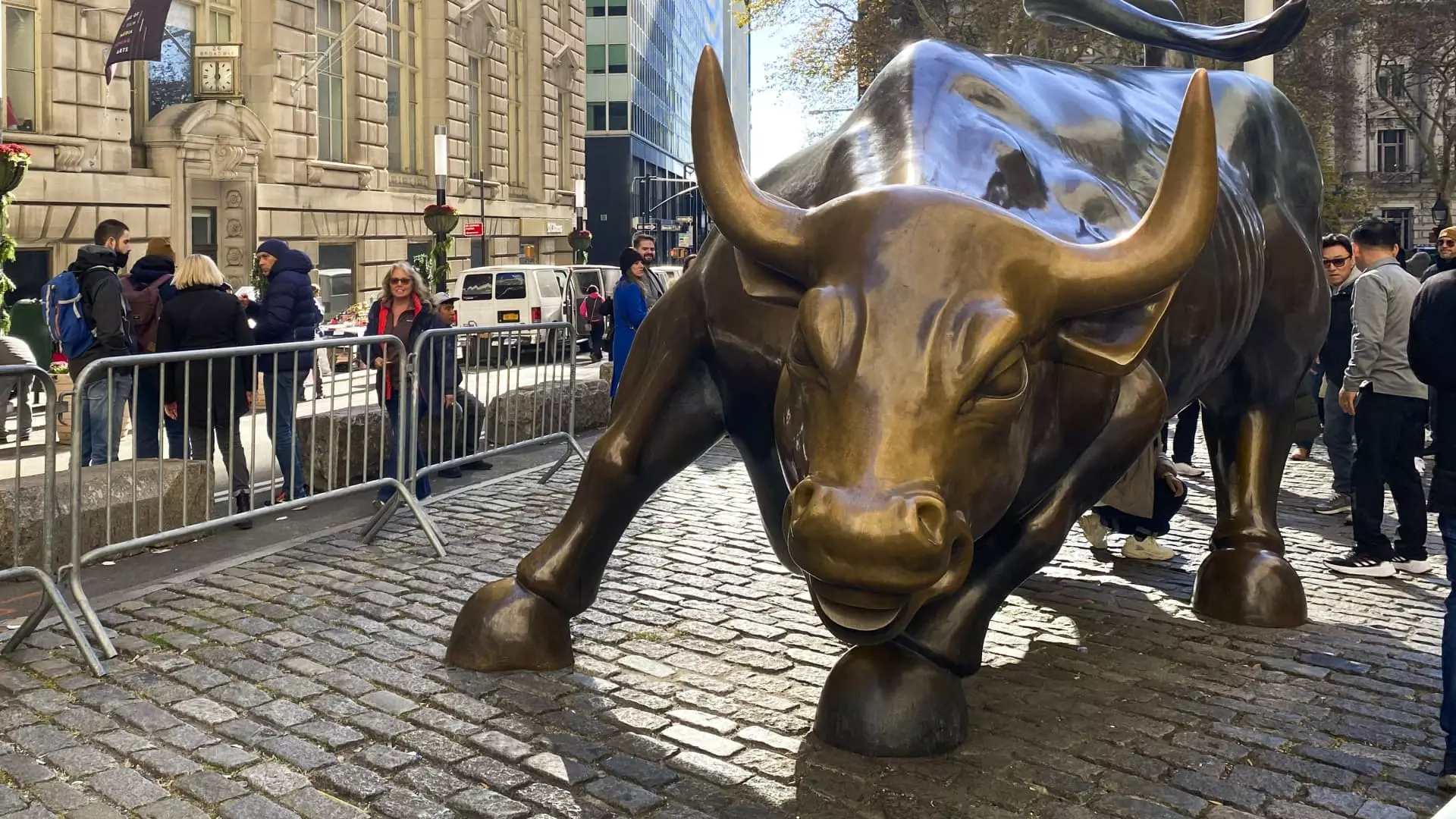Investing in small capitalization (small cap) stocks has long been considered a strategy for those seeking potentially higher returns compared to larger companies. While the allure of exceptional growth is real, navigating the plethora of options available in the small cap universe requires a meticulous approach. The Dimensional U.S. Small Cap ETF, led by Rob Harvey, epitomizes this meticulously curated strategy, which aims to improve investment outcomes by prioritizing quality over quantity.
Harvey’s active management strategy emphasizes the exclusion of poorly performing small caps that detract from total portfolio return. “No reason to retain companies that lack profitability” is a mantra that speaks to the heart of their selection process. This phrase encapsulates a fundamental principle that enhancing one’s return on investment involves more than just ownership of stocks—it’s about ownership of the right stocks. In his perspective, eliminating “bottom of the barrel” companies essentially refines the investment pool, enabling better potential for overall performance. This proactive approach becomes even more critical in a market where small caps, as measured by the Russell 2000, have struggled to keep pace with their larger counterparts in the S&P 500.
In the current year, the Russell 2000 index has recorded an increase of over 12%, while the S&P 500 has soared by approximately 23%. This disparity might lead some to question the efficacy of small cap investments, particularly if they feel intimidated by the index’s slower growth rate. Nonetheless, the increasing investor confidence in small caps is palpable. Ben Slavin from BNY Mellon highlights a notable shift in investor sentiment, indicating a rising trend toward actively managed products that can efficiently filter out underperforming stocks. This transition reflects not only a search for better returns but also a demand for strategic insights that actively managed ETFs seem well-positioned to provide.
As investors weigh their options, the Dimensional U.S. Small Cap ETF currently holds key positions in companies such as Sprouts Farmers Market and Abercrombie & Fitch. Intriguingly, cash and cash equivalents account for a significant portion of the fund’s holdings, indicating a cautious yet strategic allocation of resources. The decision to maintain a portion in cash could be a thoughtful buffer against volatility, emphasizing the team’s commitment to making judicious investments rather than being swept up in the market buzz.
However, it is noteworthy that despite these strategies, the Dimensional ETF is registering performance that lags more than one percent behind the Russell 2000 for the year. This discrepancy serves as a critical reminder that active management, while beneficial in theory, may not always yield immediate results in practice.
The dynamic landscape of small cap investing can present both substantial opportunities and formidable challenges. As investors continue to navigate the intricacies of this asset class, the active management strategy championed by funds like the Dimensional U.S. Small Cap ETF provides a framework for enhancing returns through selective stock picking. Ultimately, the team’s commitment to avoiding lagging stocks may prove invaluable as the broader market continues to evolve, reinforcing the significance of quality in investment selections moving forward. As investor sentiments fluctuate and the market landscape changes, the journey of understanding small cap investments continues to unfold.

